The Insight into Biorhythms World
Delve into the world of biorhythms theory, where we discuss its origins, cycles, and how it is used to potentially forecast personal life rhythms.
article by Adrian Wallace
What Are Biorhythms?
Biorhythms are a hypothetical concept suggesting that our daily lives are significantly influenced by rhythmic biological cycles. The theory posits that three primary cycles—affecting the physical, emotional, and intellectual aspects of our lives—ebb and flow in a predictable pattern from the moment of our birth. Advocates believe that understanding these patterns can provide insights into the fluctuations of our well-being and capabilities.

The Three Principal Cycles
Three fundamental cycles form the core of biorhythm theory: the 23-day physical cycle, which influences strength, coordination, and well-being; the 28-day emotional cycle, dictating mood swings and emotional states; and the 33-day intellectual cycle, affecting analytical capacities, memory, and communication. A fourth, less common, intuitive cycle of 38 days is sometimes included, relating to unconscious perception and hunches.

Origins and Evolution of the Concept
The concept of biorhythms dates back to the 19th century but gained popularity in the 1970s with the advent of new age movements. Initially introduced by Wilhem Fliess, a contemporary to Sigmund Freud, and later expanded by Hermann Swoboda and Alfred Teltscher, the biorhythms theory has evolved over time. Despite a lack of scientific consensus, it remains an intriguing topic, with modern technology allowing for more accessible biorhythm tracking.
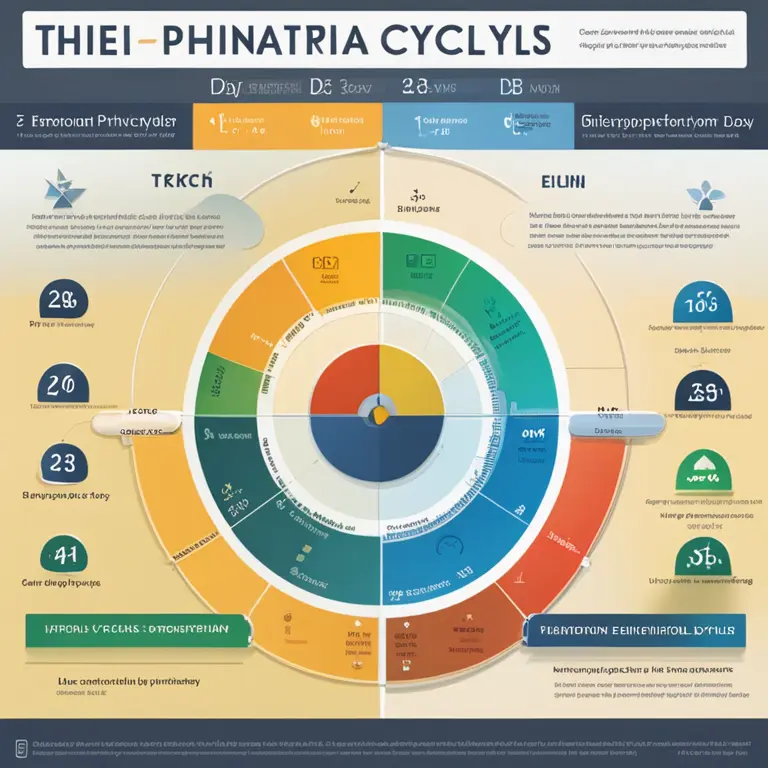
Practical Applications
Enthusiasts of biorhythms theory use it as a tool to forecast and enhance decision-making. For example, identifying periods when one's physical cycle is at a high point could influence scheduling activities that require stamina. Conversely, awareness of a low emotional biorhythm might suggest rescheduling important social interactions. Many users integrate biorhythm tracking into their routine for better alignment with their personal cycles.
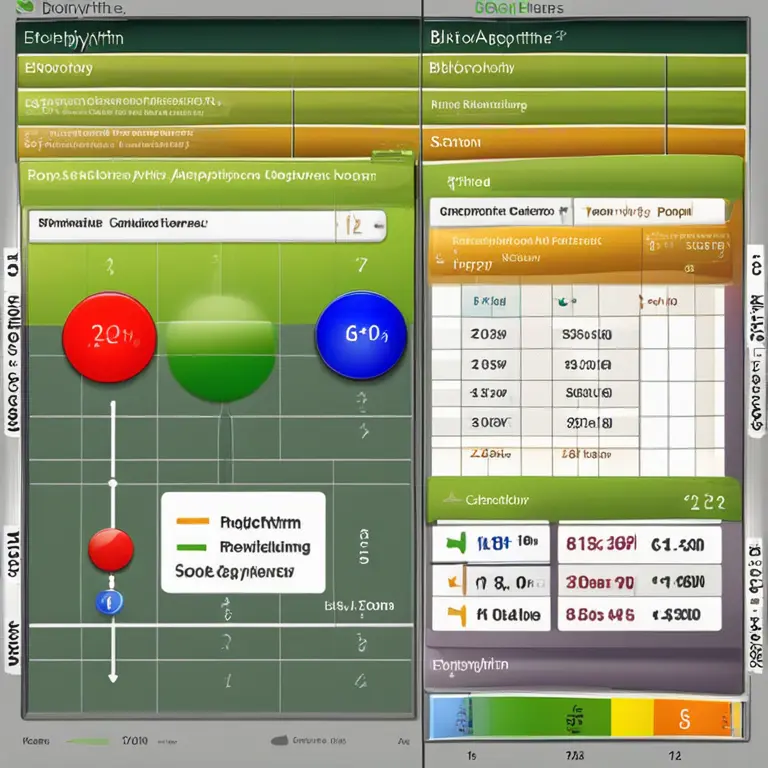
Modern Biorhythms Tracking
As we have moved deeper into the era of personalized health and wellness, technology has embraced biorhythm tracking. A multitude of apps and online biorhythm calculators now offer individuals the means to calculate their personal cycles easily. Such tools often combine traditional biorhythm theory with data analytics, potentially enhancing the accuracy and relevance of predictions related to daily life and wellbeing.
Criticism and Scientific Viewpoint
Biorhythms theory has faced skepticism and criticism from the scientific community. Critics argue that a lack of empirical evidence and the highly individual nature of human behavior makes the theory unreliable. Many consider biorhythms to be a pseudoscience, alongside astrology and numerology, that relies on confirmation bias rather than scientific methodology. Nonetheless, it continues to capture the fascination of those drawn to alternative wellness and personal growth practices.
Conclusion and Reflexions
Whether one views biorhythms as a valid analysis tool or a pseudoscientific curiosity, it cannot be denied that the theory has influenced the quest for understanding human life cycles. As we advance in our collective knowledge and technology, the enduring intrigue surrounding biorhythms may lead to new ways of conceptualizing our biological rhythms and their impacts on daily life.
Published: 1/25/2024
Modified: 1/25/2024
More predictions
Come back here soon to learn more about yourself and your future

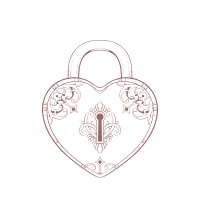
The Basis of Biorhythms: An Insight into Biological Cycles
Delve into the concept of biorhythms, the belief in rhythmic biological processes that purportedly influence human physiology and behavior.
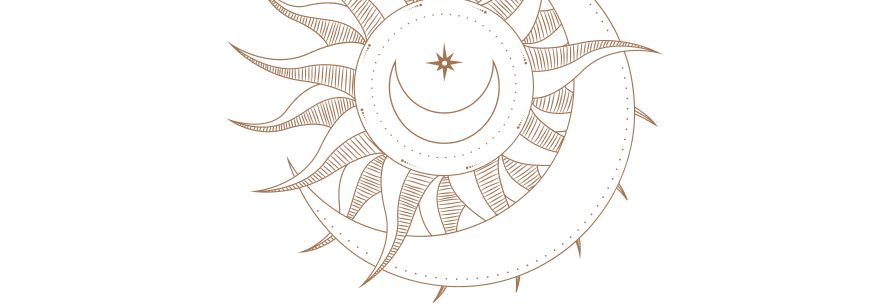

The Basis of Biorhythms: Biological Cycles Explored
Delve into the foundations of biorhythms and discover how these natural cycles influence our daily lives and well-being.
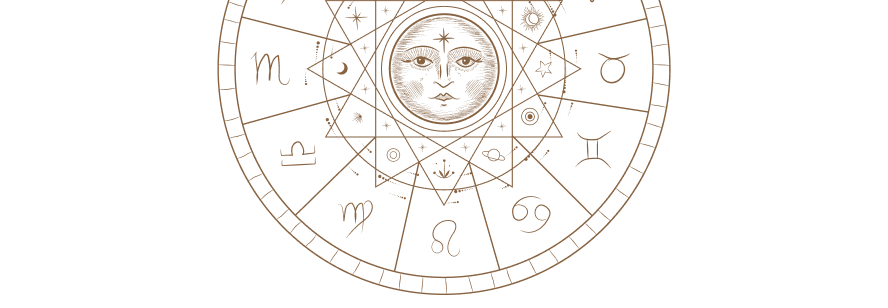
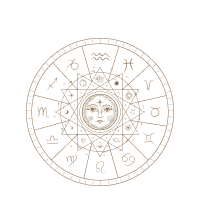
The Human Biorhythm Cycle: Patterns of Life's Ebb & Flow
Delve into the human biorhythm cycle, a compelling concept in the holistic understanding of our physiological and emotional patterns over time.